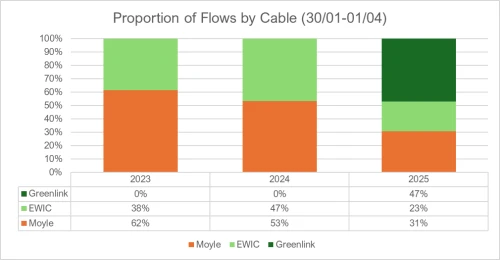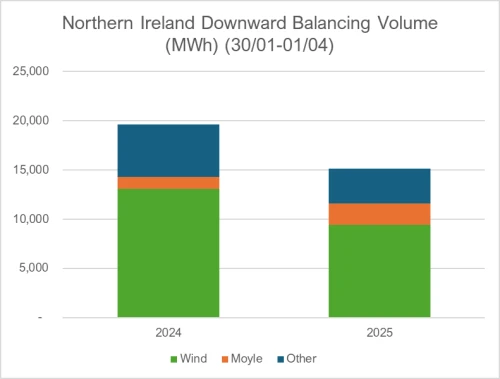Love thy neighbour: European power interconnections
Interconnection between countries in Europe’s power market has increasingly become a contentious topic. Fintan Devenney, Senior Energy Analyst at Montel Analytics, looks at the impact of closer neighbourly ties.



Track power flows across interconnectors around Europe